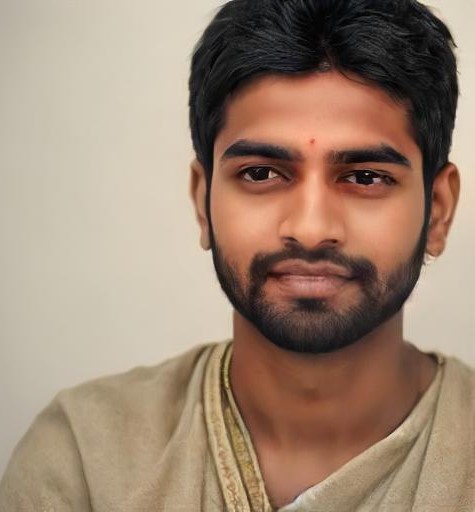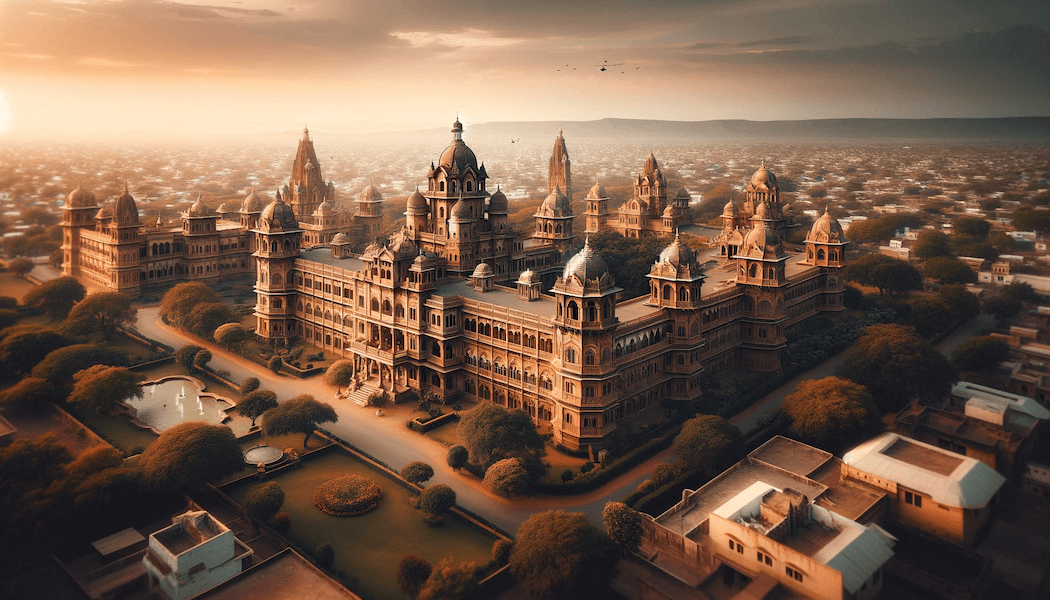Bhavnagar, a historic city in the Indian state of Gujarat, possesses a rich tapestry of culture and heritage distinguished by its royal palaces and enduring legacies of the Gohil dynasty. Established in the early 18th century, the city reflects the vision of its founder Maharaja Bhavsinghji, who shifted the capital from the vulnerable Sihor due to frequent raids to a more secure location. Today, the architectural marvels of Bhavnagar tell the story of its bygone royal era, standing as proud emblems of its 300-year-old history.
The royal city, celebrated for its majestic palaces that are a blend of cultural aesthetics and modernity, marks a milestone as it turns 300 years old. The palaces in Bhavnagar are not just remnants of the past but serve as active custodians of history, with some even repurposed into heritage hotels and museums that allow visitors an intimate glimpse into the regal lifestyle of the past monarchs.
Amidst the palatial complexes and heritage structures, the tales of the city’s former glory emerge. These edifices display a variety of architectural styles, reflecting the diverse influences and aesthetic preferences of the rulers who built them. Each palace in Bhavnagar is tied to a narrative of love, legacy, and leadership, providing a canvas where the city’s illustrious history and royal patronage can be appreciated.
The Founding of Bhavnagar
Bhavnagar was established by Bhavsinhji Gohil, who chose a strategic location near the Gulf of Khambhat for the city’s establishment. The city’s name, derived from its founder, signifies its deep-rooted connection to its royal lineage. As the city evolved, it became known for its commerce, craftsmanship, and maritime activities, which contributed to its prosperity and growth.
The Gohil Dynasty and Royal Influence
The Gohil dynasty has been instrumental in shaping Bhavnagar’s destiny. The rulers of Bhavnagar were known for their progressive outlook and developmental initiatives. Under their reign, Bhavnagar became one of the first states to merge with the Indian Union after independence in 1947, demonstrating their forward-thinking approach and dedication to the nation’s future
The Gohils of Bhavnagar trace their origins back to the Suryavanshi Rajputs of Udaipur. In AD 1724, Bhavsinghji Gohil established Bhavnagar as the state’s new capital. The dynasty, known for fostering art and culture, reigned over the region for several centuries, contributing significantly to its growth and heritage.
Darbargadh Palace
Darbargadh Palace, the original residence of the Bhavnagar royal family, exemplifies traditional Gujarati style with intricate woodwork and artistic stone carvings. This palace complex includes several buildings with courtyards, reflecting the social and cultural ethos of the era.
Architectural Marvels of Bhavnagar
Bhavnagar is home to several architectural marvels that reflect its royal heritage. The Takhteshwar Temple, located on a hill, offers panoramic views of the city and is a fine example of 19th-century temple architecture. The temple’s white marble structure stands out against the blue sky, creating a serene and spiritual ambiance.
Another notable landmark is the Nilambag Palace, now converted into a heritage hotel. This palace combines elements of Indian architecture with European design, creating a unique and elegant aesthetic. The palace grounds are meticulously maintained, offering visitors a glimpse into the royal lifestyle.
Cultural Festivals and Traditions
Bhavnagar’s cultural vibrancy is best experienced through its festivals and traditions. The Bhavnath Mahadev Fair, held annually, attracts devotees from all over the country. The fair coincides with the Mahashivratri festival, celebrating Lord Shiva, and features a procession, traditional music, and dance performances.
Legacy of Bhavnagar’s Royals
The royal family of Bhavnagar has left a lasting legacy on the city. Their commitment to education and social welfare led to the establishment of several schools and colleges, making Bhavnagar a center for learning. The family’s dedication to healthcare resulted in the construction of hospitals that continue to serve the community today.
Exploring Bhavnagar Today
Today, Bhavnagar remains a city that honors its royal past while embracing modernity. Visitors can explore the bustling bazaars, sample traditional Gujarati cuisine, and visit nearby attractions such as the Velavadar Blackbuck National Park, home to the endangered blackbuck.
Conclusion
Bhavnagar is a city where history and heritage resonate in every corner. From its royal palaces and temples to its vibrant festivals and rich cultural traditions, Bhavnagar offers a unique glimpse into the royal majesty of Gujarat.
Whether you are a history enthusiast, a culture seeker, or simply looking for a new travel destination, Bhavnagar invites you to explore its royal heritage and discover its timeless charm.

Dhiraj Patel is from Bhavnagar and he loves his city a lot, He’s an expert on its past and loves sharing tales about it. Dhiraj writes for bhavnagar.city, where he talks about the city’s culture and history. He’s great at it, drawing people in with his fascinating stories. His passion and knowledge make Bhavnagar come alive for readers, showing off its unique beauty and history.

 Hospitals
Hospitals Companies
Companies